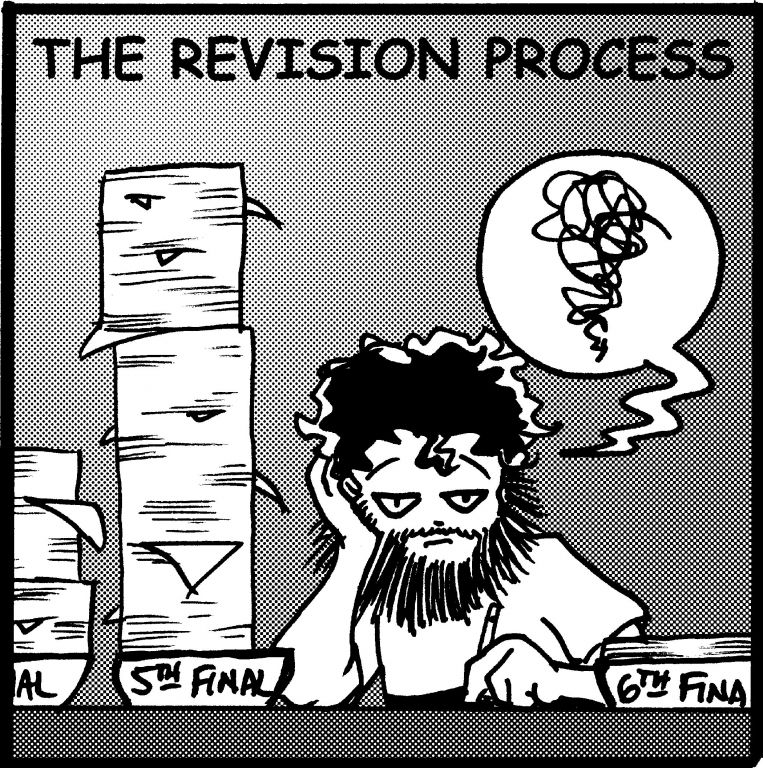博文
Revision makes perfect
|||

I dare say no one manuscript is published without any revision or editing after its submission.
When a manuscript submitted to JMS is accepted, it doesn't mean the authors of this manuscript have been completely relieved. In fact, in somewhat, it's just the beginning of the essential revision work. Some manuscripts are possibly required for revision for more than ten times till every detail has met the publication requirements.
The revision process generally includes these steps:
1. Content revision
For a manuscript that needs major revision, it can't be accepted till it has been revised according to the reviewers' and edtior's requirements and suggestions.
Generally speaking, for an accepted manuscript, the content part only needs minor revision, such as supplementing more recent literature, having an extended discussion, or making the abstract more representative of the paper, checking the consistency of the cited literature in the text and the literature indexing after the text (the authors, publication date, source, and so on).
2. Style revision
Although JMS follows international journal conventions in paper style, it still has some unique styles from other journals, especially in the reference part. Authors are generally instructed to revise their manuscripts according to the requirements in the Guide to Authors or to follow the sample paper style.
3. Revision on figures
This is a very important step to have a beautifully printed journal.
Fuzzy images, images with low resolution can't meet the requirements. Poorly drawn figures must be reproduced. Words and the figures should be in proportion.Figures (pictures) that can accurately express the meaning when in black and white color are suggested to be transformed into grey scale images.
JMS has requirements on the images in a manuscript. The fonts in the figures and pictures are required to use Times New Roman, and word sizes should be in proportion to the figures (charts, pictures), and the resolution for grey scale image is required to be 150~225dpi, and the resolution for bitmap image is 600~900dpi. All figures (including pictures, maps, etc.) are required to be in Tiff format.
4. Language revision
All accepted manuscripts will experience a language editing process. Some manucripts will be sent to native English speakers for language editing, some language editing will be conducted by editors or those who can write in fluent English. Awkward expression, grammars errors, spelling mistakes, misused words will be corrected, missed words will be added, inaccurate expression will be improved. All in all, we try to make a manuscript concise, accurate, readable, informative.
Sometimes a manuscript is required to be revised again and agian, in most of the cases, it is because the authors don't strictly follow the editors' requirements, and in some cases, it's because the edtiors find other problems in further editing process.
Authors can have a comparison on their firstly submitted manuscripts with their final published papers and can find the great improvement in the whole paper quality.
Many authors feel very satisfied when they get the printed journals or their published papers in pdf files. They send emails to us to show their codial thanks to our editing work.
Just as the saying "practice makes perfect", we, as journal edtiors, want to say, for a manuscript, revision makes perfect!
Extended reading:
We love you, you're perfect, now edit
http://www.physicstoday.org/daily_edition/points_of_view/we_love_you_you_re_perfect_now_edit?type=PTPICKS#commentsForm-2587192
https://blog.sciencenet.cn/blog-314423-484845.html
上一篇:JMS Editorial Member- Iain Taylor
下一篇:My Translation Experience (I)